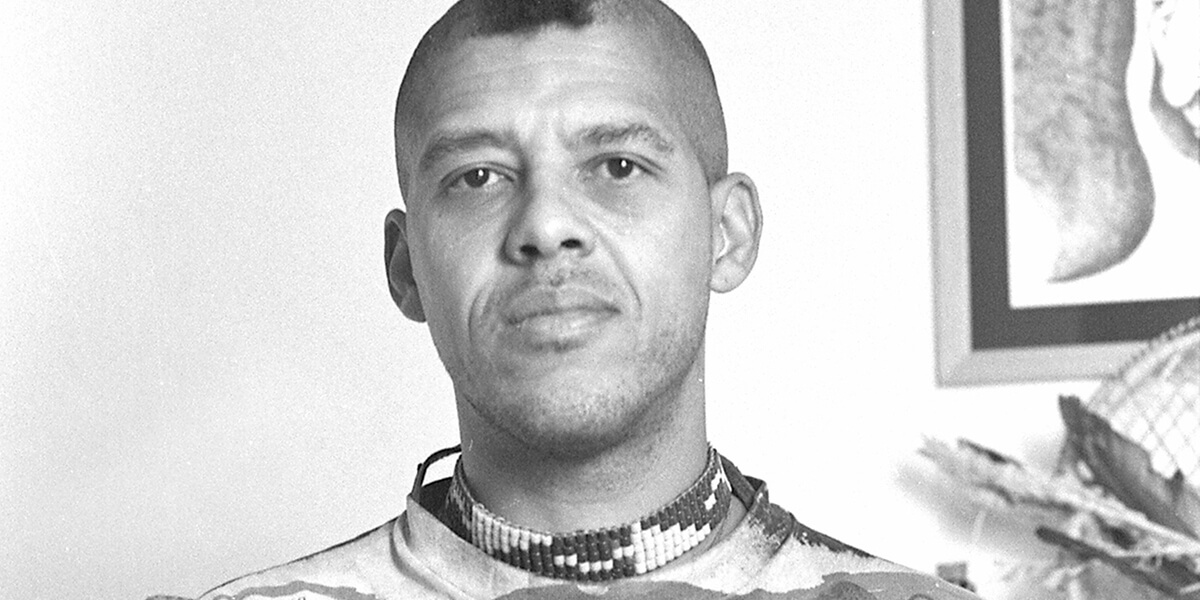
Jimi Hendrix single-handedly transformed the sound of the electric guitar with his virtuoso playing inspired by rock, blues, jazz — and his Native American heritage. A new book by San Francisco State University Professor Sarita Cannon explores Hendrix’s identity as a Black Cherokee as well as other notable Americans who share African and Indigenous roots.
“Black-Native Autobiographical Acts: Navigating the Minefields of Authenticity” (Lexington Books, 2021) also focuses chapters on the Federal Writers Project’s slave narratives from 1936 to 1938, model Radmilla Cody, photographer Valena Broussard Dismukes and early 1900s writer, actor and activist Sylvester Long Lance.
“This book is an invaluable resource for understanding Black-Native subjectivities, while also mapping the complexities of racial identity formation,” Seattle University English Professor Carlyn Ferrari said.
In the 2020 U.S. Census, more than 344,000 respondents self-identified as biracial African American and Native American/Alaska Native.

Cannon, who teaches in San Francisco State’s English Language and Literature Department, says she hopes the book will encourage readers to further study and discuss the “long, complex and intriguing history of people of African and American Indian heritage.” As research on Black-Indigenous identities and histories has exploded in the past 20 years, she notes, her book offers a new methodology for understanding their experiences, rooted in her training as a literary scholar.
“It is a history that cannot be reduced to a narrative of conflict or of collaboration, and it is a history that reveals much about our past and present understandings of ‘race,’” she said. “I also hope that readers will think about the gatekeeping politics within their own communities. How do we determine belonging? Who makes that determination? What are the stakes of that determination?”
The “Minefields” in the title of Cannon’s book refer to authenticity. From a legal standpoint, Black-Indigenous people not enrolled in a tribe are not eligible for tribal health care, housing or to vote or run for tribal office. Social implications also exist.
“The metrics of authenticity are constantly shifting, depending on time, place and audience,” Cannon said. She cites a controversy over Cody’s crowning as Miss Navajo Nation in 1997. Cody has a Navajo mother and an African American father.
“[There were] community members who believed that her mixed-blood status and her skin color rendered her an ‘unfit’ Miss Navajo,” Cannon said. “... ‘Blood’ has often been deployed as a measure of belonging in Native communities.”
The 1848 autobiography “The Life of Okah Tubbee” sparked Cannon’s interest in Black-Indigenous identity when she read it in graduate school. Tubbee was a formerly enslaved Black man who earned his freedom by falsely claiming to be the long-lost son of a Choctaw chief.
“Tubbee, who was born William McCary, wrote this memoir and created a traveling show with his wife, a white woman who claimed to be Mohawk, in order to legitimize this alternative constructed identity,” Cannon said.
Hendrix’s Indigenous ancestry has never been documented by blood. His grandmother, a vaudeville performer from Vancouver, British Columbia, passed along Cherokee traditions to him. Hendrix incorporated Indigenous themes in his music, including “Castles Made of Sand,” the instrumental “Cherokee Mist” and the 1967 Native American liberation anthem “I Don’t Live Today.” He died in 1970 at age 27.
“I recognize the problem of ‘wannabe Indians’ and the damage that such acts of imposture can cause,” Cannon writes in “Black-Native Autobiographical Acts.” “However, I also respect Hendrix’s understanding of himself as a multiracial person with European, African and Indian ancestry. … He could be American, Native and Black without having to choose one over the other, though at the time many people did not see those as intersecting identities.”
— Matt Itelson